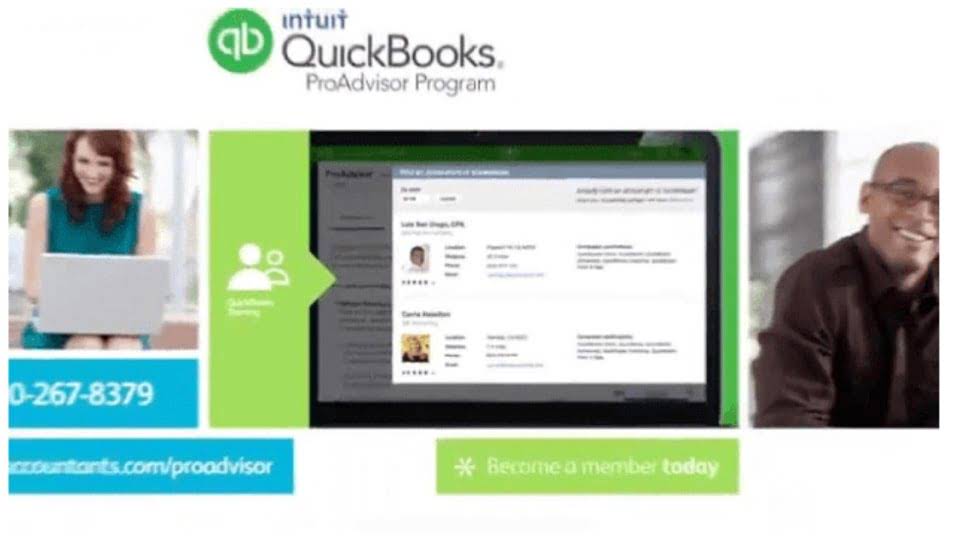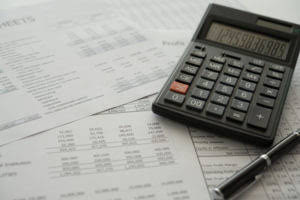
A general ledger is one of the important records in the system of accounting as it record various transactions under separate account heads. These include sales accounts, purchases accounts, inventories accounts, etc. A general ledger contains all the ledger accounts outside of the sales and purchases accounts. Therefore, you need to prepare various sub-ledgers providing the requisite details to prepare a general ledger. A sales ledger, or debtors ledger, is one of the three types of ledgers that you prepare as a firm or a business entity.

Accounts in a general ledger
- Separating these accounts from the main ledger removes a large amount of detail and allows different staff to work on different aspects of the accounting records.
- For any details on the transaction, confusion or rectification, accountants refer to these two books of accounts.
- Clear can also help you in getting your business registered for Goods & Services Tax Law.
- FreshBooks cloud accounting services automatically generate general ledgers and other accounting reports.
- For example, money spent on supplies, salaries, rent, and other operating costs would fall into different GL accounts depending on its purpose.
- When a company buys something from a vendor, it typically doesn’t pay for it immediately.
- FreshBooks has a printable accounting ledger for people who still like to do their accounting the old-fashioned way.
The general ledger provides a snapshot of an organization’s position and aids in bank reconciliation. Auditors use it for insights into transactions and preparation of financial statements. General ledger is very important in the company’s accounting system as it gl account examples serves as the basis of the preparation of financial statements. Simply put, the whole financial statements are created from the general ledger accounts. Traditional accounting software allows you to connect your GL accounts to your bank accounts to keep up with account balances and financial transactions to simplify accounting processes.

FAQs about General Ledger

All account records of a company will be listed and contained within the general ledger, or principal book of accounts. Financial statements, such as income statements, balance sheets, and cash flow statements, show the financial health of a business. Business owners can generate all three statements using the accounting cycle, which includes the general ledger. Adjusting entries are prepared at the end of an accounting period to consider income or expenses that have not yet been recorded in the general ledger. As a result, these entries can be for accrued expenses, accrued revenues, prepaid expenses, deferred revenues, and depreciation.
- Having general ledger accounts help you record details of transactions that your business undertakes over an accounting period.
- Therefore, the following is the journal and ledger that you need to record into books for such a transaction.
- It’s essential to have an accurate accounting of all transactions so that financial statements are correct.
- You can’t expect to look at a bakery and a janitor company, expecting them to have the same accounts in a general ledger.
- Once the journal is complete, these transactions are then posted to individual accounts contained in general ledger.
What is a GL Reconciliation Process?
Hence, the collection of all these accounts is known as the general ledger. A company’s balance sheet and income statement are both derived from the income and expense account categories in the general ledger. In each accounting period, entries and account listings are compiled into the essential financial statements of a business, including the balance sheet and income statement. Furthermore, one of the most notable functions of the nominal ledger is to perform bank reconciliation. This is the process of checking whether a company’s bank transactions match its accounting records. This is done to ensure everything is accurate and there are no frauds and cash manipulations.
Company
The transactions are then closed out or summarized in the general ledger, https://www.bookstime.com/ and the accountant generates a trial balance, which serves as a report of each ledger account’s balance. The trial balance is checked for errors and adjusted by posting additional necessary entries, and then the adjusted trial balance is used to generate the financial statements. There are several types of ledger book formats, with the main bookkeeping ledger being a general ledger (also referred to as a master sheet).
- One way to avoid errors is to use a POS system like Lightspeed Retail, which connects with accounting software to automatically sync data.
- Before running the account analysis reports, verifythat all subledger transactions have been imported and all journalentries for the period have been posted.
- Accounting ledgers can be displayed in many different ways, but the concept is still the same.
- There are many ways to separate the general ledger into groups of accounts with common characteristics, these are more fully discussed in our subsidiary ledgers in accounting post.
- It indicates specific groups of financial activity, including assets, liabilities, and revenue/expenses.
Business is Our Business
This is used to generate financial statements for a business, such as a balance sheet or an income statement. Your general ledger provides necessary information to create financial statements, like your business balance sheet, cash flow statement, and income statement. Your financial statements can give you a clear snapshot of your business’s financial well-being. The general ledger is a foundational document in the double-entry accounting system, the most widely accepted modern accounting method.

A general ledger or accounting ledger is a record or document that contains account summaries for accounts used by a company. In other words, a ledger is a record that details all business accounts and account activity during a period. You can think of an account as a notebook filled with business transactions from a specific account, so the cash notebook would have records of all the business transactions involving cash. General ledger is the grouping of transactions of similar nature in an organization. Entries from transactions are posted in respective accounts called ledgers. Ledgers are classified as Expense, Income, Capital, Asset, and Liability ledgers, facilitating financial statements preparation.
What is a general ledger?
As a result, such https://www.instagram.com/bookstime_inc a record helps you in tracking various transactions related to specific account heads, and it also helps speed up the process of preparing books of accounts. An organization initially records every financial transaction in a general journal, where the entries are called journal entries. The next step involves classifying journal entries as separate accounts in a general ledger. General Ledger in simple language is grouping of transactions of similar nature. Every transaction leads to two entries as per the double entry system of bookkeeping.
Comentários